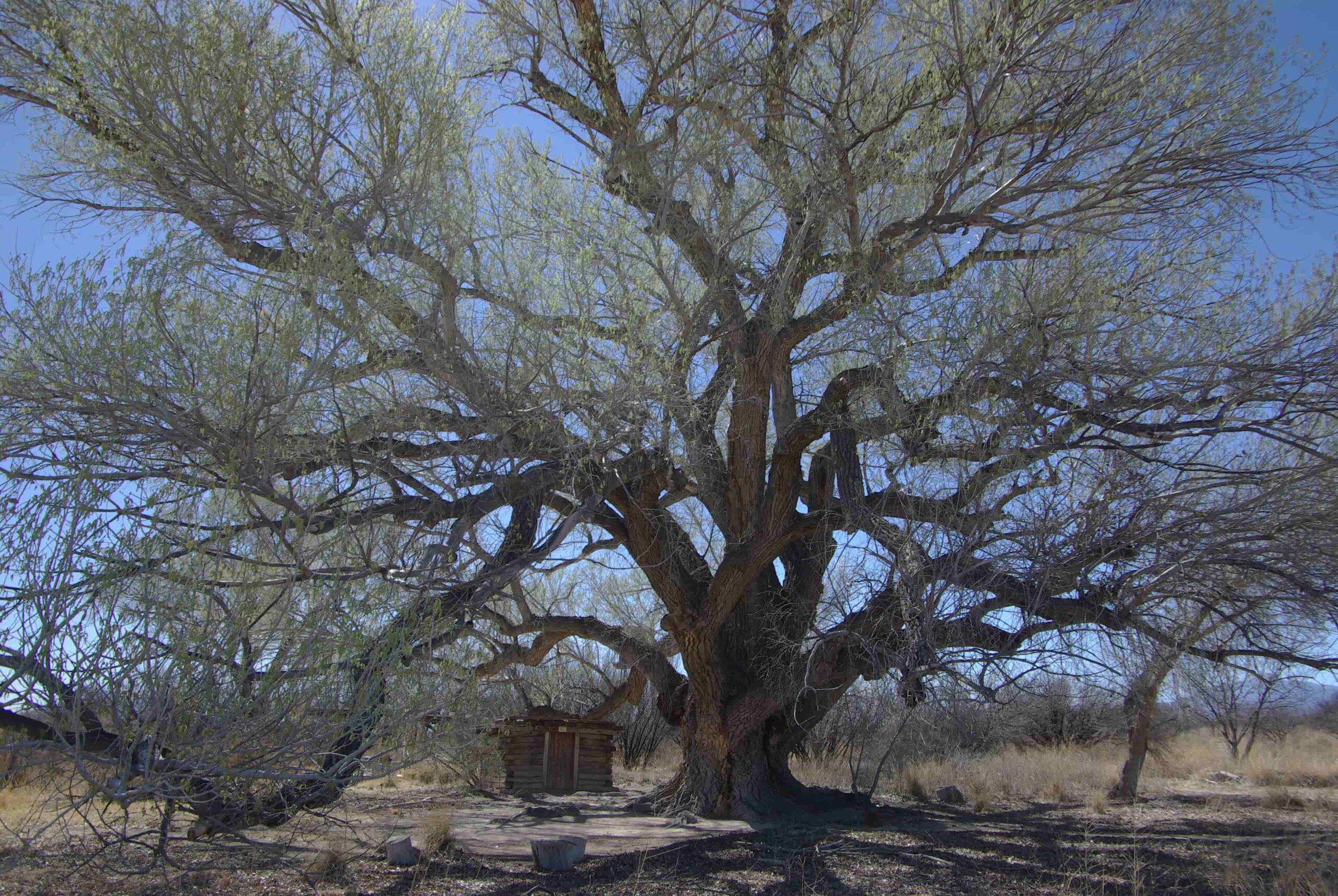A stunning species that mesmerizes with its towering grandeur and distinctive characteristics is the cottonwood tree, also known by the scientific name Populus deltoides. These magnificent trees may be found all over the world, and their presence enhances the beauty and appeal of any setting. The fascinating features of cottonwood trees, their relevance, environmental advantages, maintenance difficulties, and their cultural value will all be covered in this essay.
Description of Cottonwood Trees
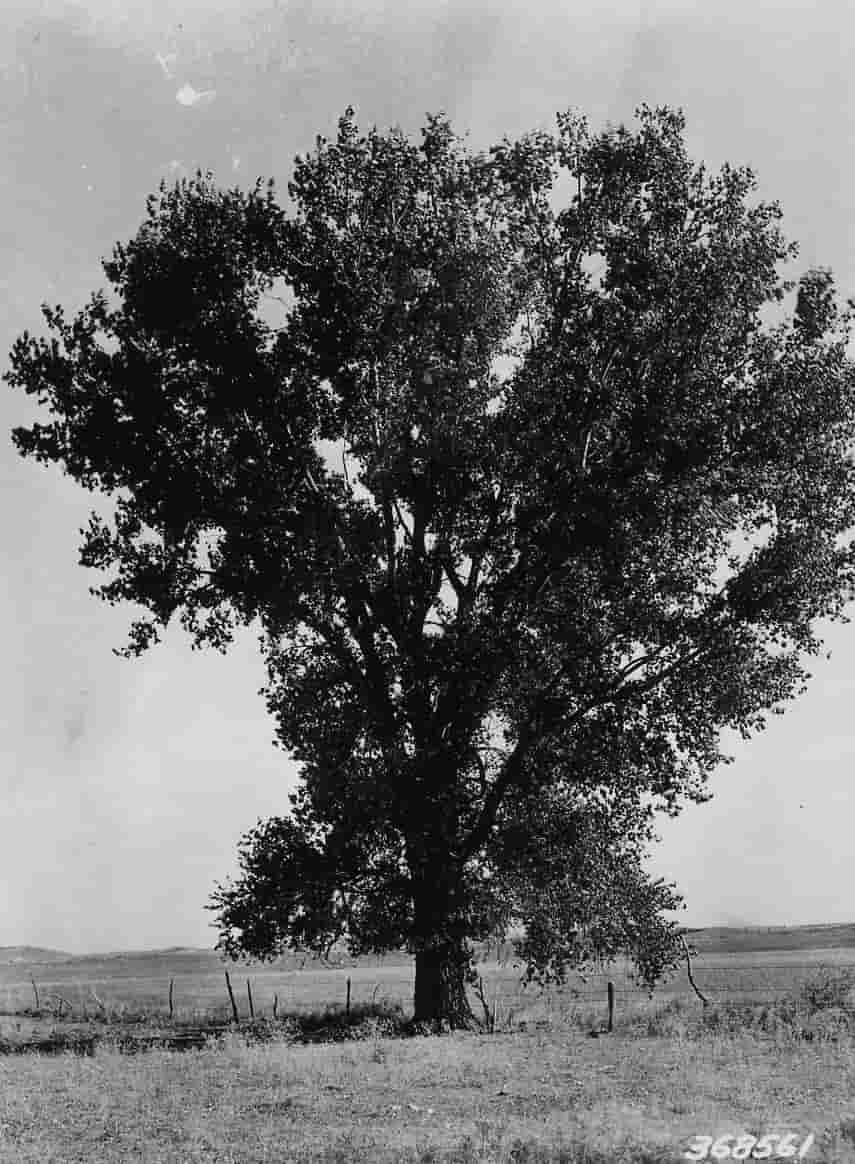
Appearance
Cottonwood trees are known for their grandeur and size. They are among the largest deciduous trees in North America, reaching heights of up to 100 feet or more. Their trunks are often straight and can have a diameter of several feet. The bark is smooth and grayish-green in young trees but becomes deeply furrowed and ridged as they mature. One distinctive characteristic of these trees is their shimmering, heart-shaped leaves with serrated edges, which turn vibrant shades of yellow during the fall season.
Habitat
Cottonwood trees thrive in moist environments, typically found near riverbanks, streams, and other water bodies. They have an incredible ability to absorb water and can tolerate flooding. These trees prefer full sun exposure, which helps them grow vigorously and reach their maximum potential. Due to their adaptability, these trees can be found across different regions, including North America, Europe, and parts of Asia.
Life Cycle
Cottonwood trees are fast-growing and have a relatively short life span compared to some other tree species. They reproduce through seeds, which are encapsulated in cotton-like fluff. The cottony fibers aid in seed dispersal, allowing them to be carried by the wind over long distances. These trees are dioecious, meaning they have separate male and female trees. The male trees produce catkins filled with pollen, while the female trees bear capsule-like structures that contain the seeds. During the spring season, the these trees burst into a spectacle of vibrant colors as new leaves emerge.
Importance and Uses of Cottonwood Trees
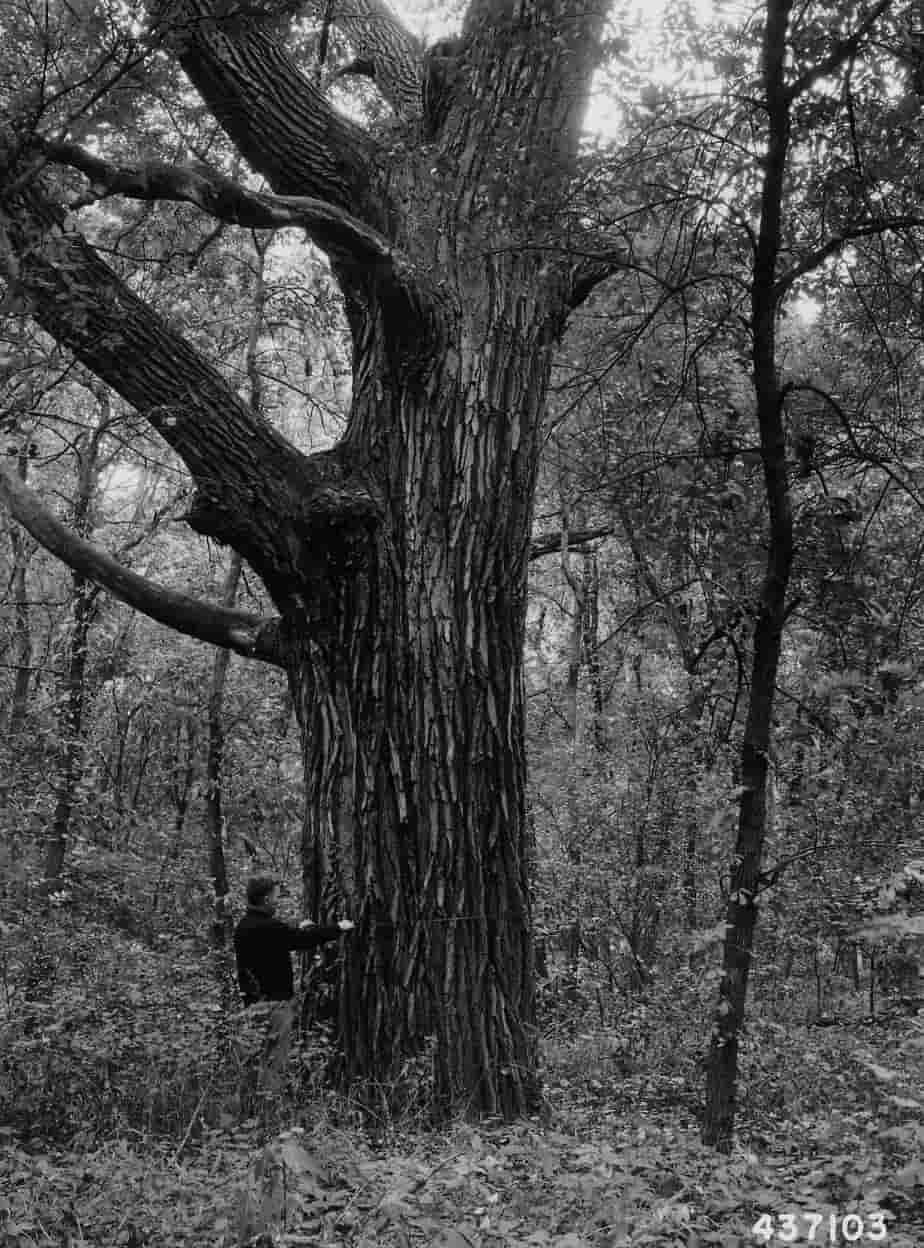
Ecological Significance
The environment depends heavily on cottonwood trees. They stabilize riverbanks and shield them from erosion brought on by water currents thanks to their deep root systems, which also help prevent soil erosion along riverbanks. Additionally, these trees offer shade, which lowers water temperature and creates a habitat for many aquatic creatures. Additionally, the branches and fallen leaves act as organic matter, improving the soil and promoting the development of a variety of plant communities.
Commercial Uses
The cottonwood tree has numerous commercial applications. The wood of these trees is relatively soft, lightweight, and easy to work with, making it suitable for various industries. It is commonly used in the production of plywood, veneer, and pulp for papermaking. The cottony fluff surrounding the seeds, known as cottonwood cotton, has been utilized for insulation, cushioning material, and even as a stuffing for pillows and mattresses.
Environmental Benefits of Cottonwood Trees
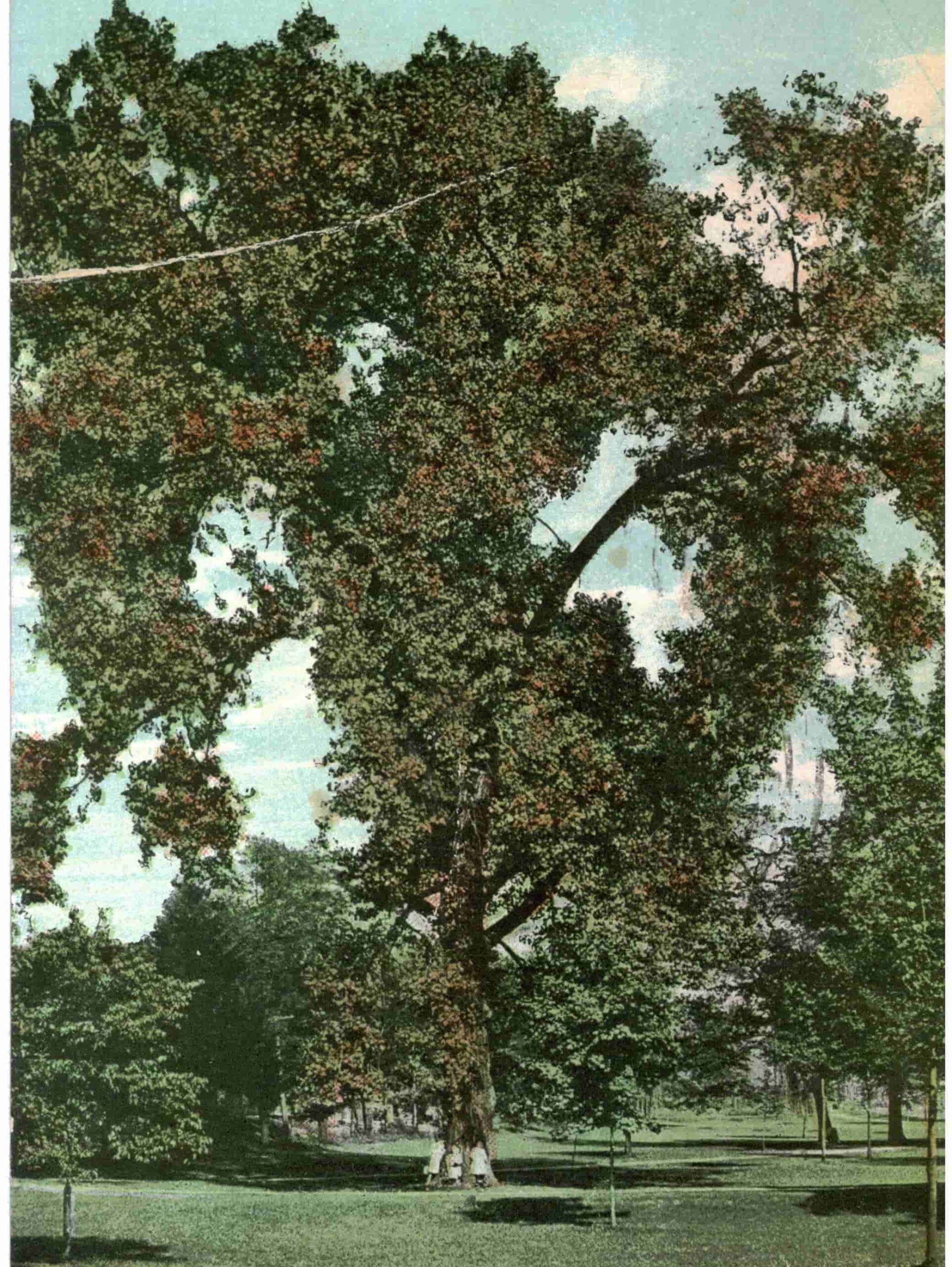
Air Purification
Cottonwood trees contribute to air purification by absorbing carbon dioxide from the atmosphere and releasing oxygen through the process of photosynthesis. Their large leaves provide an expansive surface area for gas exchange, making them effective filters for pollutants and particulate matter. By improving air quality, these trees contribute to the overall well-being of both humans and wildlife.
Soil Conservation
The extensive root systems of cottonwood trees anchor the soil, preventing erosion and maintaining the stability of riverbanks. Their roots penetrate deep into the ground, creating channels that allow rainwater to infiltrate and recharge the groundwater table. This process helps in flood prevention and ensures the availability of water during dry spells.
Wildlife Habitat
These trees support a diverse array of wildlife. The ample foliage and the presence of insects attract various bird species, including warblers, finches, and woodpeckers. These trees also provide nesting sites and shelter for mammals, such as squirrels and raccoons. Additionally, the cavities formed in older cottonwood trees serve as homes for owls, bats, and other cavity-nesting creatures.
Challenges and Maintenance of Cottonwood Trees
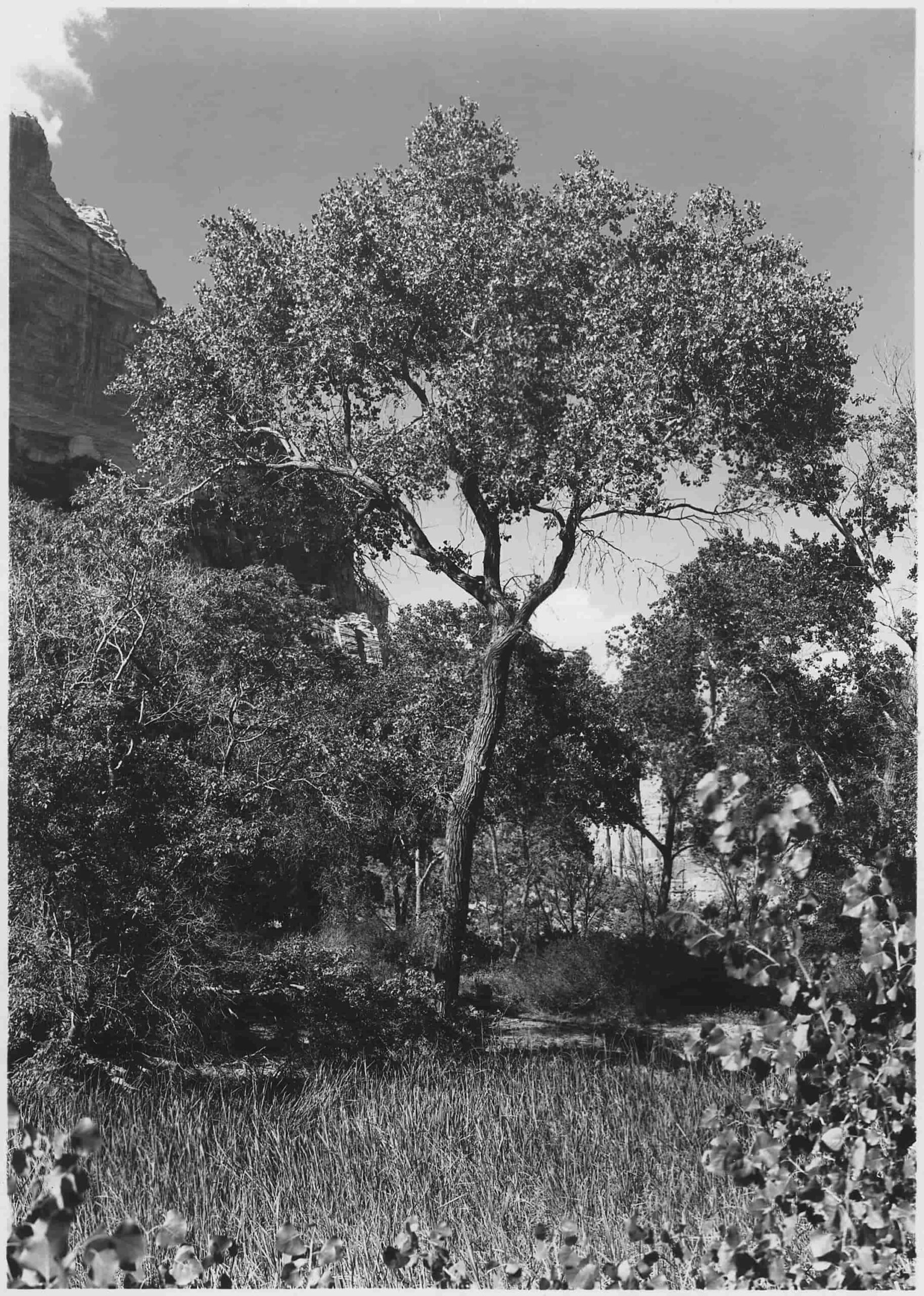
Disease and Pest Management
Cottonwood trees are susceptible to certain diseases and pests. One common issue is the cottonwood borer, a beetle that infests weakened or damaged trees. Regular inspection and prompt treatment can help mitigate the damage caused by these pests. Additionally, fungal infections and bacterial diseases, such as canker and leaf spot, may affect the health of these trees. Proper pruning and sanitation practices can aid in preventing the spread of diseases and maintaining the vitality of the trees.
Pruning and Trimming
Regular pruning and trimming are essential for the maintenance of cottonwood trees. These trees tend to produce long branches that can become hazardous during storms or high winds. Pruning helps to remove dead or weak branches, reducing the risk of falling limbs and improving the overall structure and appearance of the tree. Trimming also promotes air circulation and sunlight penetration, which can aid in preventing the development of certain diseases.
Cultural Significance and Symbolism
Native American Traditions
These trees hold significant cultural value in Native American traditions. They are often regarded as sacred trees and are associated with various symbolic meanings. For some tribes, cottonwood trees symbolize strength, endurance, and resilience. They have been used in traditional ceremonies and rituals, and their wood has been employed in the creation of ceremonial objects and carvings.
Literary and Artistic References
These trees have inspired numerous works of literature and art. Their majestic presence and unique characteristics have captured the imagination of writers, poets, and painters. These trees have been depicted in paintings, photographs, and poems, showcasing their beauty and evoking a sense of awe and wonder.
Conclusion
In conclusion, the cottonwood tree is a remarkable species that enriches our environment in many ways. Its towering stature, vibrant foliage, and ecological benefits make it a valuable asset in various landscapes. Understanding the importance, environmental benefits, challenges, and cultural significance of these trees allows us to appreciate and conserve these magnificent trees for future generations to enjoy.
FAQs
1. Are cottonwood trees only found in North America?
No, cottonwood trees can be found in different parts of the world, including Europe and parts of Asia.
2. Do cottonwood trees have a long lifespan?
Cottonwood trees have a relatively short lifespan compared to some other tree species. They are fast-growing but generally live for several decades.
3. Can cottonwood trees withstand flooding?
Yes, these trees are adapted to thrive in moist environments and can tolerate flooding.
4. What are the commercial uses of cottonwood trees?
Cottonwood trees have commercial applications in industries such as plywood production, papermaking, and insulation materials.
5. Are cottonwood trees prone to diseases and pests?
Yes, cottonwood trees can be susceptible to diseases and pests such as the cottonwood borer and fungal infections. Regular maintenance and prompt treatment can help manage these issues.

